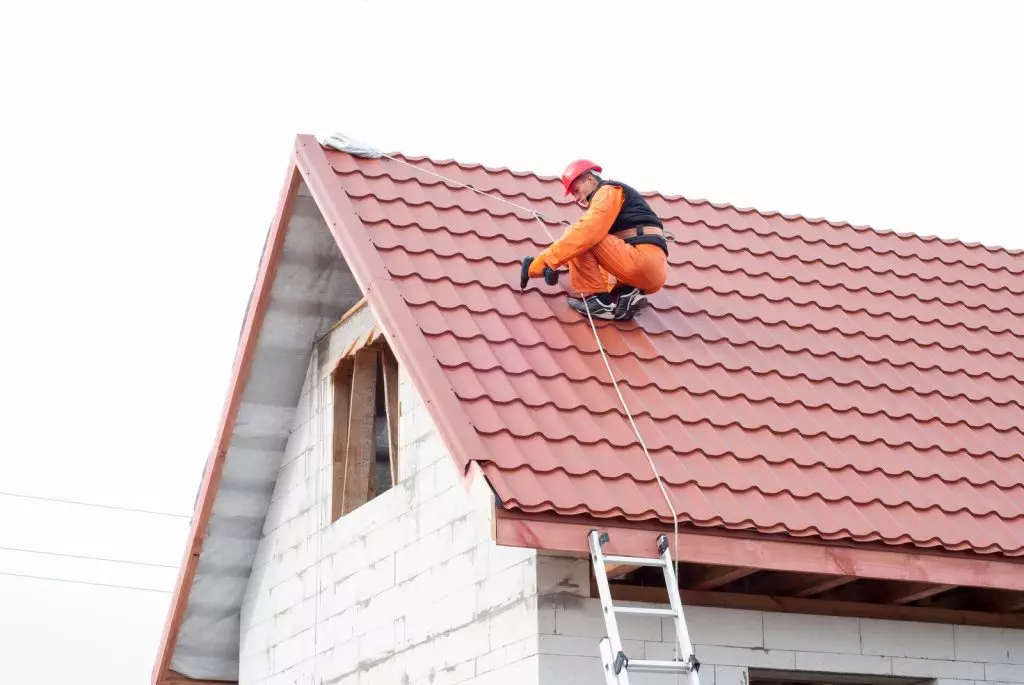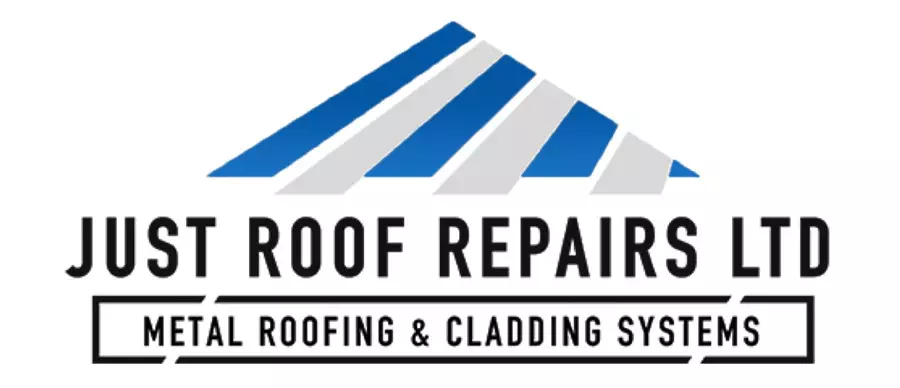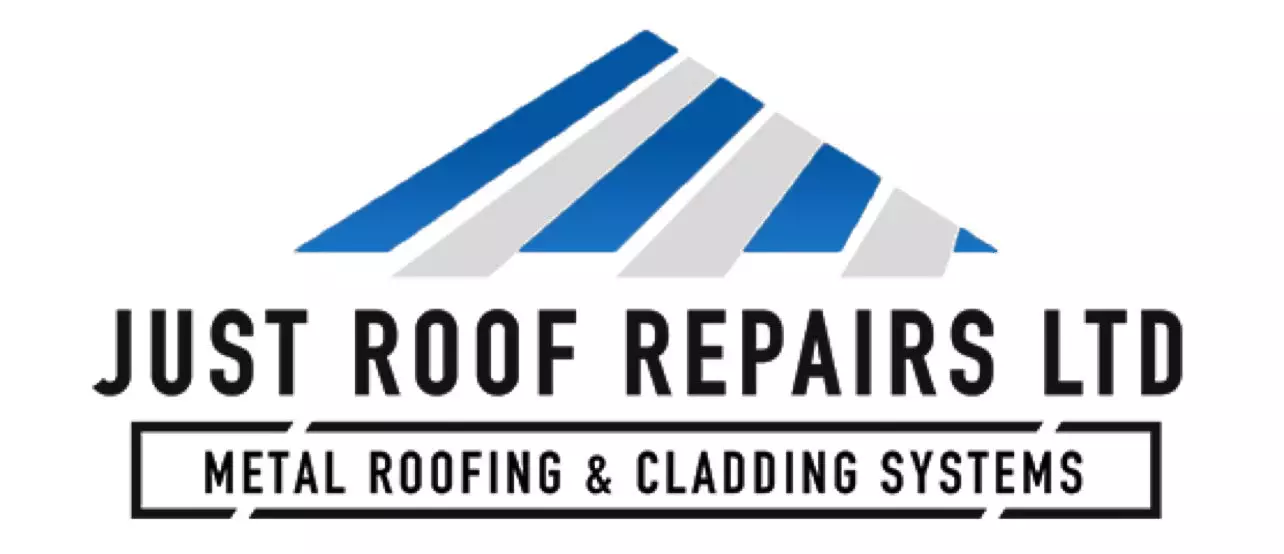When it comes to metal roof installations, understanding roof pitch is essential. It affects everything from water drainage to the roof’s overall performance. A steeper pitch can improve water flow and shed snow effectively, while low-pitch roofs require careful sealing to prevent issues. Selecting the right pitch not only impacts functionality but also allows for design flexibility. So, how do you determine the best pitch for your project? Let’s explore the key factors involved.

Key Takeaways
- Roof pitch, expressed as a rise-to-run ratio, influences the steepness and effectiveness of water drainage on metal roofs.
- A steeper roof pitch enhances aesthetic appeal and improves water runoff, reducing pooling and potential leaks.
- Low-pitch roofs require specialised installation techniques and sealing to ensure proper drainage and prevent moisture accumulation.
- Maintenance needs vary by pitch type; low-pitch roofs demand frequent inspections to avoid debris buildup, while steep-pitch roofs require safety precautions.
- Understanding roof pitch is essential for selecting appropriate materials, installation techniques, and ensuring the longevity of metal roofing systems.
What Is Roof Pitch?
Roof pitch refers to the steepness or angle of a roof, typically expressed as a ratio of the vertical rise to the horizontal run. Understanding the roof pitch definition is essential for evaluating design options and ensuring structural integrity.
To determine the roof pitch measurement, you’ll calculate the rise over a specified run, often using a 12-inch horizontal span as a standard reference. For example, a roof that rises 4 inches for every 12 inches of horizontal run would have a pitch measurement of 4:12.
Accurate roof pitch measurement influences drainage, insulation, and overall aesthetics, making it a critical factor in roofing projects. By grasping these concepts, you can make informed decisions for your roofing needs.
Importance of Roof Pitch in Metal Roof Installations
When considering metal roof installations, the pitch plays a crucial role in ensuring ideal performance and longevity. A well-defined roof pitch improves water drainage, preventing the accumulation of moisture that can lead to corrosion or leaks.
It also influences roof aesthetics, contributing to the overall look of your property. A steeper pitch can create a more striking appearance, while a lower pitch offers a sleek, modern design.
In addition, roof pitch provides design flexibility, allowing you to choose from various metal roofing materials and styles that best suit your architectural vision.
Types of Roof Pitch
Understanding the different types of roof pitch is essential for making informed choices in your roofing project.
Roof pitches are generally classified into two categories: flat roofs and pitched roofs. Flat roofs have a minimal slope, typically less than 3:12, making them suitable for commercial buildings or modern residential designs. They allow for easier installation of HVAC systems and rooftop gardens but may require careful drainage management.
On the other hand, pitched roofs have a steeper slope, ranging from 4:12 to 12:12 or more. This design improves water runoff and snow shedding, reducing water pooling issues.
Knowing these distinctions helps you select the right roof type based on aesthetic preferences, climate conditions, and functional needs.
How Roof Pitch Affects Water Drainage
The slope of your roof substantially influences how effectively it manages water drainage. A steeper pitch improves water flow, allowing precipitation to slide off quickly, reducing the risk of pooling or leaks.
In contrast, a low-slope roof may struggle with drainage efficiency, leading to stagnant water that can cause damage over time. Proper pitch guarantees that water drains towards gutters and downpipes, which are vital for directing runoff away from your home’s foundation.
Additionally, an adequate pitch helps prevent debris accumulation, which can obstruct drainage and lead to further complications. By understanding your roof’s pitch, you can make informed decisions about installation and maintenance, ultimately prolonging your roof’s lifespan and protecting your investment.
Impact of Roof Pitch on Snow Accumulation
Roof pitch greatly affects snow accumulation and shedding efficiency. A steeper pitch encourages snow to slide off, reducing the risk of excessive weight and potential structural damage.
When designing your roof, consider these factors to guarantee ideal performance during winter months.
Snow Shedding Efficiency
While snow accumulation can add significant weight and stress to a structure, the pitch of your roof plays an important role in how effectively it sheds snow. A steeper roof pitch typically reduces snow retention, allowing accumulated snow to slide off more easily. This is vital in managing snow load, as excessive weight can compromise structural integrity.
Conversely, a flatter roof may lead to increased snow retention, raising the risk of a dangerous snow load that could cause sagging or even collapse. By selecting an appropriate roof pitch, you can improve snow shedding efficiency, minimising potential hazards associated with snow accumulation.
Ultimately, understanding this relationship helps guarantee your metal roof performs at its best in winter conditions.
Roof Design Considerations
Choosing the right roof pitch involves understanding its impact on snow accumulation. A steeper pitch encourages snow to slide off more easily, reducing the risk of heavy buildup that can lead to structural damage. This is important in regions with heavy snowfall, as accumulated snow can add significant weight to your roof.
While considering roof aesthetics and adhering to current design trends, it’s necessary to balance visual appeal with functionality. A flatter roof may align with modern design principles but can lead to increased snow retention.
As a result, evaluating local climate conditions and choosing a pitch that complements both aesthetics and performance is essential for long-term durability and safety in metal roof installations.
Choosing the Right Materials for Different Roof Pitches
When selecting materials for different roof pitches, it’s crucial to take into account both functionality and aesthetics. Your material selection should reflect the roof’s pitch compatibility to guarantee peak performance.
For low-slope roofs, opt for materials like EPDM or TPO, offering excellent waterproofing and flexibility. Conversely, steeply pitched roofs benefit from standing seam metal roofing, which allows for efficient water runoff and reduces the risk of leaks.
Additionally, consider the weight of the materials; heavier options mightn’t be suitable for lower pitches. Colour and finish also play a role, as they can affect energy efficiency and visual appeal.
Ultimately, choosing the right materials customised to your roof pitch can improve durability and overall effectiveness.
Installation Techniques Based on Roof Pitch
When installing roofing, the pitch greatly influences your techniques.
For low-pitch roofs, you’ll need to focus on proper sealing to prevent leaks, while steep-pitch roofs require careful safety measures and specific fastening methods.
Understanding these differences guarantees a secure and effective installation for any roof type.
Low Pitch Techniques
Many roofers encounter low-pitch roofs, which typically have a slope of 3:12 or less. When working with these roofs, you’ll find low-pitch advantages like easier access and reduced material costs.
However, low-pitch challenges include water drainage issues and potential for leaks. To guarantee proper installation, use metal panels designed specifically for low-pitch applications, confirming they’re 24-gauge or thicker.
Employ a continuous substrate to improve support and minimise movement. It’s vital to install underlayment and flashing correctly, as these components help mitigate water infiltration risks.
Additionally, consider using sealants at seams and joints to further protect against moisture. By following these techniques, you can optimise the performance and longevity of low-pitch metal roofs.
Steep Pitch Strategies
Steep-pitch roofs, which typically feature a slope of 6:12 or greater, require specific installation strategies to guarantee durability and performance.
You’ll enjoy steep angle advantages, such as improved water drainage and reduced snow accumulation, but you’ll also face steep roof challenges like increased installation difficulty and safety risks.
To tackle these challenges, use a sturdy underlayment and verify proper fastening techniques to withstand high winds.
Consider installing additional structural support to improve stability.
Employ scaffolding or harness systems for safe access during installation.
Additionally, always choose materials designed for steep roofs, confirming they can handle the unique stresses involved.
Ultimately, your careful planning and execution will lead to a reliable and efficient metal roof installation.
Maintenance Considerations for Various Roof Pitches
Although roof pitch considerably influences a structure’s aesthetic and performance, it also dictates specific maintenance requirements.
For low-pitch roofs, you’ll need to prioritise regular roof care, as debris accumulation can lead to water pooling and eventual leaks. Verify you inspect and clean gutters frequently to prevent blockages.
With moderate-pitch roofs, pitch maintenance involves checking for loose seams and fasteners, as these are more susceptible to wind damage.
Steep-pitched roofs require safety precautions during maintenance; consider hiring professionals for inspections and repairs.
Regardless of the pitch, always maintain a regular schedule for inspections. This proactive approach will improve the longevity and performance of your metal roof, guaranteeing it withstands environmental stresses effectively.
Frequently Asked Questions
How Can Roof Pitch Affect Energy Efficiency in Buildings?
Roof pitch considerably affects energy efficiency in buildings. A steeper pitch improves airflow dynamics, promoting better ventilation and reducing heat buildup.
This leads to energy savings, as less energy is required for cooling and heating. Conversely, a low pitch can hinder airflow, causing temperature imbalances and increased energy consumption.
What Tools Are Needed to Measure Roof Pitch Accurately?
To measure roof pitch accurately, you’ll need a few essential pitch measurement tools.
A level is critical for establishing a straight line, while a measuring tape helps you determine the vertical rise over a specific horizontal run.
A protractor or pitch gauge can assist in calculating the angle of the slope.
Using these tools together guarantees precise slope measurement, which is essential for effective roofing projects and achieving peak performance in your roof system.
Can Roof Pitch Impact Insurance Premiums for Homeowners?
Yes, roof pitch can impact your insurance premiums.
Insurers often assess roof pitch when determining risk levels, as steeper roofs may shed water and snow more effectively, reducing damage potential.
Consequently, homes with higher roof pitches could benefit from lower insurance rates due to decreased risk.
However, it’s important to check with your provider since each insurer has different criteria for evaluating roof pitch and its influence on insurance costs.
How Do Local Building Codes Influence Roof Pitch Choices?
Local building codes greatly influence your roof pitch choices by establishing specific pitch requirements.
These regulations guarantee structural integrity, water drainage, and overall safety. Depending on your area’s climate and potential weather conditions, you might be mandated to adhere to a minimum pitch.
Failing to comply with these local regulations could lead to penalties or complications during inspections, so it’s essential to familiarise yourself with them before making any roofing decisions.
Are There Aesthetic Considerations for Different Roof Pitches?
Yes, there are definitely aesthetic considerations for different roof pitches.
Your choice of pitch can greatly influence the visual impact of your home. Higher pitches often align with traditional design trends, creating a classic look, while lower pitches may convey a modern aesthetic.
Additionally, the pitch can affect how well your roof complements surrounding architecture, enhancing or detracting from your overall design vision.
Always consider these factors when planning your roof project.
Conclusion
To summarise, understanding roof pitch is crucial for successful metal roof installations. By selecting the right pitch, you improve water drainage, minimise snow accumulation, and boost overall roof performance. This choice not only influences design flexibility but also affects material selection and installation techniques. Regular maintenance customised to your roof pitch guarantees longevity and durability. As you plan your project, keep these factors in mind to achieve the best results.


